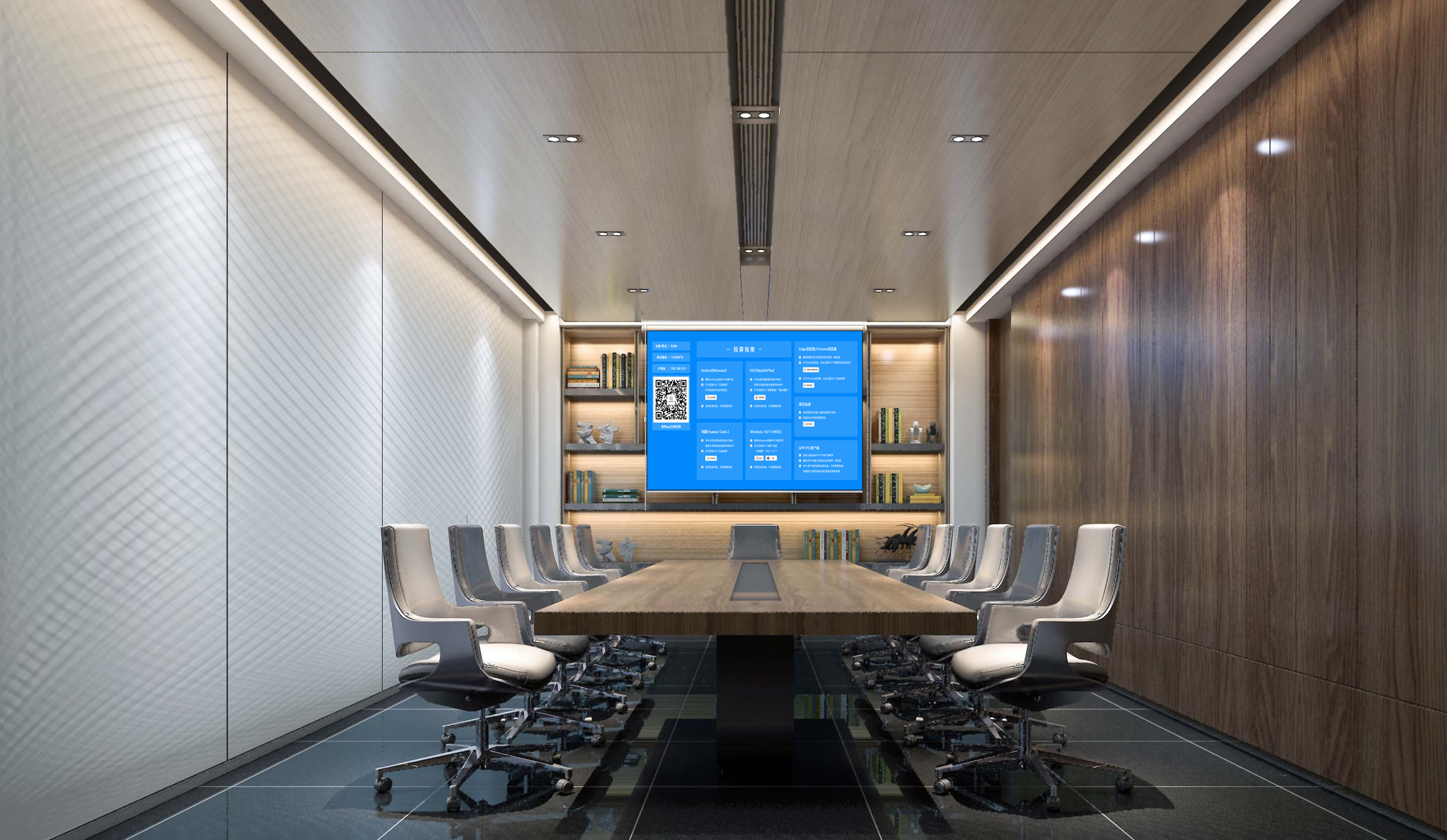Wireless Screen Mirroring SDK: The Technical Cornerstone of Classroom Screen Mirroring
In the technical architecture of modern classrooms, the wireless screen mirroring SDK (Software Development Kit) is not a visible device, but it serves as the core underlying force that supports screen mirroring devices to achieve flexible adaptation and in-depth applications. With its embeddable and customizable features, it enables screen mirroring devices to truly integrate into diverse teaching scenarios, becoming an invisible technical foundation for optimizing the teaching experience.
Customized Adaptation: Breaking Down Device Collaboration Barriers
Different classrooms are often equipped with differentiated smart terminals and teaching systems. The wireless screen mirroring SDK, with its flexible interface adaptation capabilities, allows screen mirroring devices to break through hardware and system limitations:
- For smart blackboards equipped with customized teaching systems, the SDK can be deeply embedded into the system’s bottom layer to achieve a seamless “connect-on-boot” experience. Teachers can call the screen mirroring function without additional operations.
- When facing teacher and student terminals using a mix of Android and iOS systems, the SDK uses cross-platform compatibility technology to ensure that screen mirroring requests from mobile phones, tablets, and other devices are quickly responded to. Moreover, the image quality and latency performance remain stable and consistent, enabling smoother device collaboration.
Scenario-Specific Empowerment: Expanding the Boundaries of Teaching Applications
The modular design of the wireless screen mirroring SDK allows screen mirroring devices to accurately match the needs of different teaching scenarios:
- In the “real-time translation” scenario of language classes, the SDK can connect with the interface of translation software. When students mirror English paragraphs from their mobile phones, it can synchronously trigger an instant translation pop-up on the large screen, realizing “mirroring = interpretation”.
- In the “code demonstration” scenario of programming classes, the SDK supports syntax highlighting and real-time editing functions for code mirroring. Code snippets modified by teachers on their computers can be synchronously received by students’ terminals after mirroring, allowing students to edit them further. This transforms technical demonstrations from “one-way viewing” to “two-way operation”.
Lightweight Integration: Lowering the Threshold of Technical Application
For teaching management platforms independently developed by schools, the lightweight nature of the wireless screen mirroring SDK significantly reduces technical integration costs. By embedding only a small number of development interfaces, the screen mirroring function can be connected with modules such as check-in and assignment submission on the platform:
- Assignments shared by students via screen mirroring in class are automatically linked to their academic records in the platform.
- Screen mirroring tasks initiated by teachers through the platform can be accurately pushed to the terminal devices of designated groups.
This “seamless integration” model allows teachers and students to proficiently use the screen mirroring technology without separate training, truly serving the core of teaching.
From in-depth device collaboration and precise scenario adaptation to lightweight system integration, the wireless screen mirroring SDK, through technical empowerment, enables screen mirroring devices to break through hardware limitations. It has become a flexible and reliable technical cornerstone in the classroom, providing underlying support for diverse teaching needs.
